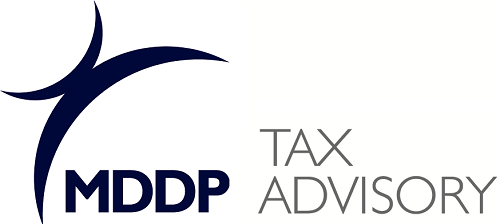- The method for calculating the VAT gap has remained unchanged for years and is available on the Ministry of Finance website.
- The VAT gap is calculated based on national accounts published by GUS, using an accrual basis from February to January of the following year.
- Estimates for 2022-2023 show a significant increase in the VAT gap despite systemic changes like anti-inflation shields and energy compensations.
- In 2023, the VAT gap was 13.5 percent.
- Current estimates indicate a reduction in the VAT gap in Poland to 6.9 percent in 2024.
- The VAT gap is the difference between potential VAT revenues based on consumption and actual VAT revenues on an accrual basis.
- The top-down method is used for estimating the VAT gap, utilizing detailed GUS statistical data on the tax base.
- Key elements of the VAT economic base include private consumption, investments, and intermediate consumption by government and non-commercial sectors.
- Extrapolation methods and expert assumptions are used to estimate the VAT gap.
- In 2024, the VAT gap was approximately 6.9 percent of theoretical revenues, around 21.5 billion PLN.
Source: gov.pl
Note that this post was (partially) written with the help of AI. It is always useful to review the original source material, and where needed to obtain (local) advice from a specialist.
Latest Posts in "Poland"
- Consequences for Polish Businesses Not Adopting KSeF B2B E-Invoicing by 2026
- Poland to Implement New VAT Deposit System for Beverage Packaging in October 2025
- President Awaits to Sign 2025 e-Invoice System Law: Key Final Amendments Explained
- Finance Ministry Addresses Concerns Over KSeF’s Capacity to Process 2500 Invoices Per Second
- Re-invoicing or Cost Reimbursement Without VAT? Supreme Administrative Court Clarifies When a Transaction Is Not a Re-invoice















